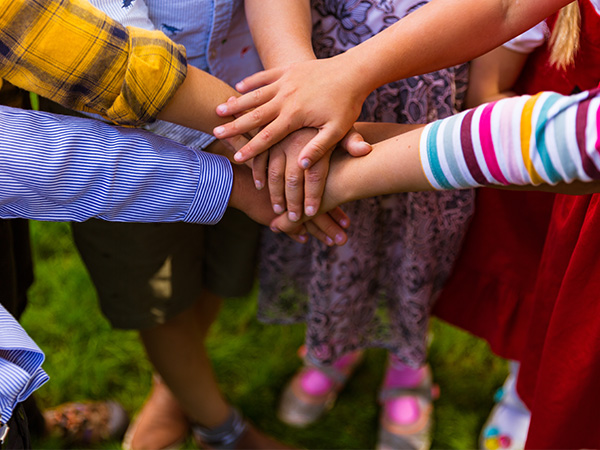
Grade:
Topic:
Unit:


In this lesson mini, students learn about what a community is, different types of communities (school, neighborhood, city), and how communities help people. Students participate in interactive activities including a vocabulary exercise, creation of a classroom mural, and interviews of classmates to gain a deeper understanding of communities and their importance.

Minutes
Minutes
Minutes

Level-up current events into dynamic learning!